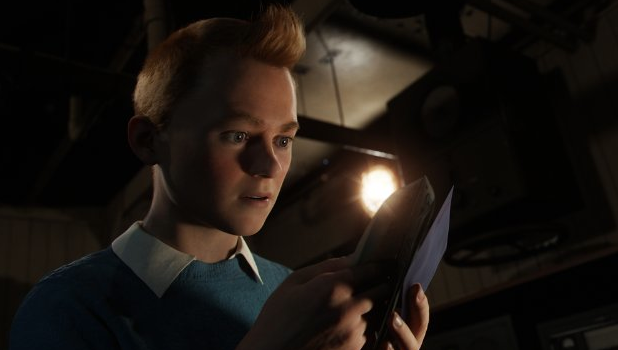The Adventures of Tintin
When Spielberg announced his plans for a “Tintin” movie, fans of the little Belgian reporter with the red pompadour—and that includes pretty much anyone who ever held a comic book—were thrilled. When they got to see the final product, less so. This big disappointment begs the question: Why ever did we expect otherwise? Why should we have thought that Spielberg, director of big American movies, action-packed and going off in loud and spectacular fireworks with every new scene, would have been the right person to bring Tintin to the screen?
In the twenty or so albums translated in more than fifty languages, context and character are realistic, neatly drawn, and the narrative arc clear. The investigative journalist falls into adventures that get him involved with local politics in dangerous Third World countries, land him on the moon or go on scary trips undersea. With his sidekicks, not least his bright fox terrier Milou (Snowy in English) and the sputtering faithful drunk Captain Haddock, he deals with assorted goons and gets out of all complicated traps and life-threatening situations.
Spielberg’s film version, based on The Secret of the Unicorn, brings to life, through the miracle of motion capture, perfectly smooth and well-rendered characters but gives us much less than the comic book story. We never fear, never tremble, never laugh. Despite being in 3-D, the remarkably realized scenes that should give us a thrill a minute leave us not only cold but gradually more bored. This critic saw the film in Paris, after debating the question that I heard asked all around me: should “Tintin” be seen in the French version, as that is the original language of the young hero, or in English, as it is a Spielberg movie? And the answer is, it probably needn’t be seen at all.






